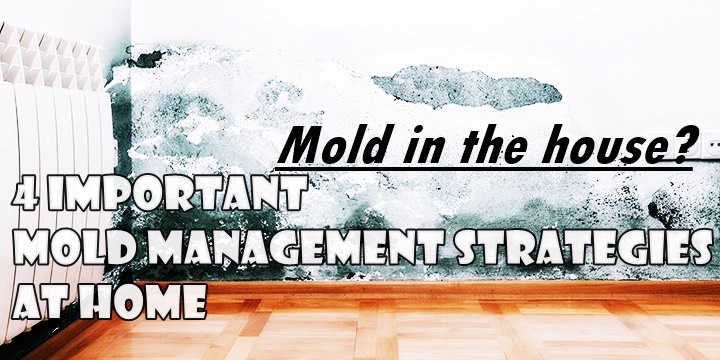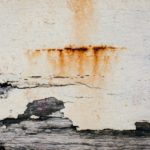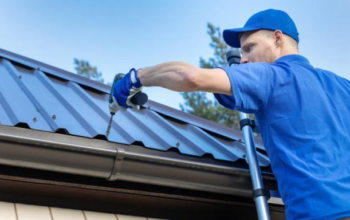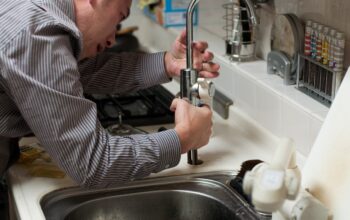According to a UNICEF 2016 report, the following are the annual costs of health complications in the USA brought about by exposure to indoor dampness and mold:
- Allergic Rhinitis – $3.7 billion
- Acute Bronchitis – $1.9 billion
- Asthma Morbidity – $15.1 billion
- Asthma Mortality – $1.7 billion
A whooping $22.4 billion!
In 2012, an estimated 6.5 million deaths (11.6% of all global deaths) were associated with indoor and outdoor air pollution together as per the World Health Organisation.
Indoor air pollution kills 1.5 million people in India annually.
The estimated cost of health problems associated with mold and dampness is 450 million euros each year. If you add the cost of repairing the problem, the total reaches 1.4 billion euros as per a 2012 Finlandreport.
A Mayo clinic study estimates that about 37 million people in the United States suffer from chronic sinusitis, an inflammation of the membranes of the nose and sinus cavities.
So what’s this mold that seems to be such a global silent killer?
Mold is a type of fungus which thrives in damp areas. They are too small to be seen without the help of a microscope. They often appear in black, blue or green.
The Centre for Disease Control (CDC) offers that there is always some mold everywhere – in the air and on many surfaces. Molds have been on the earth for millions of years.
Signs of mold in the house
ABC news says that the following indicates presence of mold in your house.
- A musty smell
- Persistent physical symptoms like sneezing, runny nose, red eyes and rashes (which seem to lessen or disappear when you are outside the house)
- Moldy patches on wall and floor.
Controlling mold in the Home
CDC advices that you can control mold growth by:
- Controlling humidity levels – Flood Pro of Florida LLC advises keeping the indoor humidity at below 45% as the mold cannot grow below this level.
- Promptly fixing leaky roofs, windows, and pipes.
- Thoroughly cleaning and drying after flooding.
- Ventilating shower, laundry, and cooking areas.
So when you notice the presence of mold in your home, call professional mold remediation specialists like Flood pro of Florida LLC, who will then do an assessment and offer the most appropriate containment measures.
Some people believe that some bleach and water will clear the mold. Remember mold is a living organism and it deeply ingrains itself in materials in order to survive. Hence, the best way is to have professionals:
- Handle and dispose of anything permeable
- Clean non-porous items and surfaces with antimicrobial cleaners
- Use sealants for treated areas
- Clean all heating and air conditioning equipment
- If need be, remove and replace contaminated sections of the house.
Related Posts

Loves home. I am here to provide how to make your home a much better place. 🙂 Blogging about HomeDecor, Home Improvements and more.











